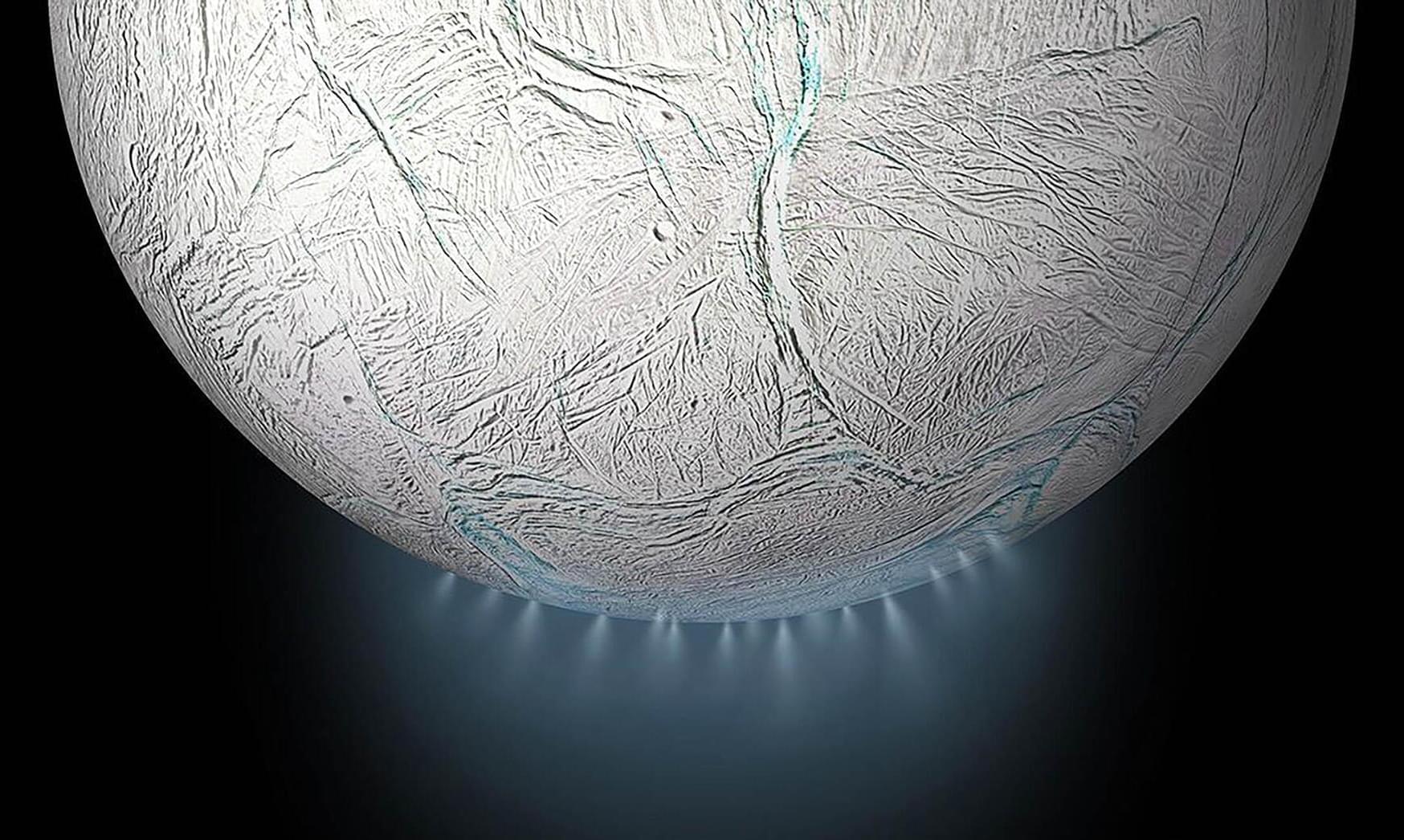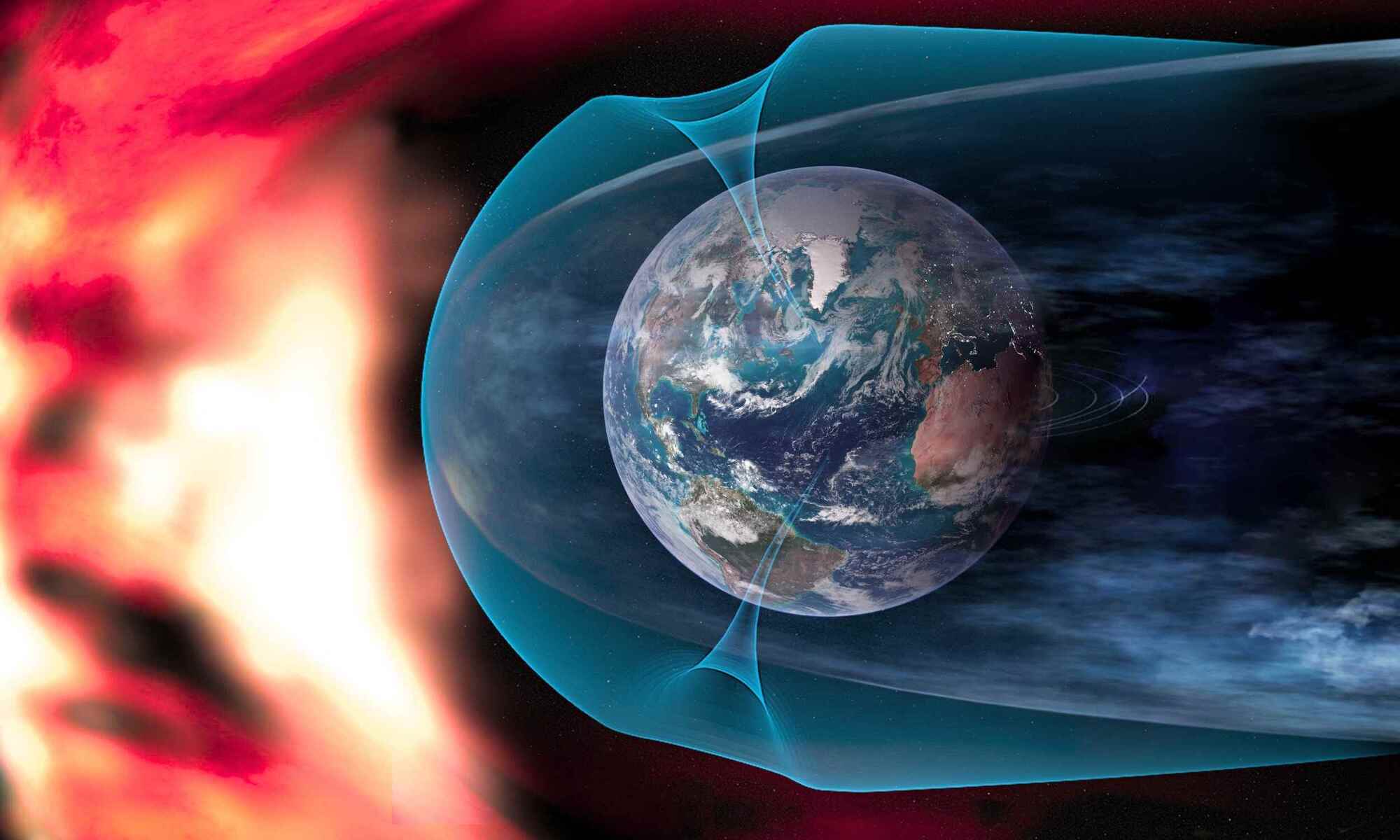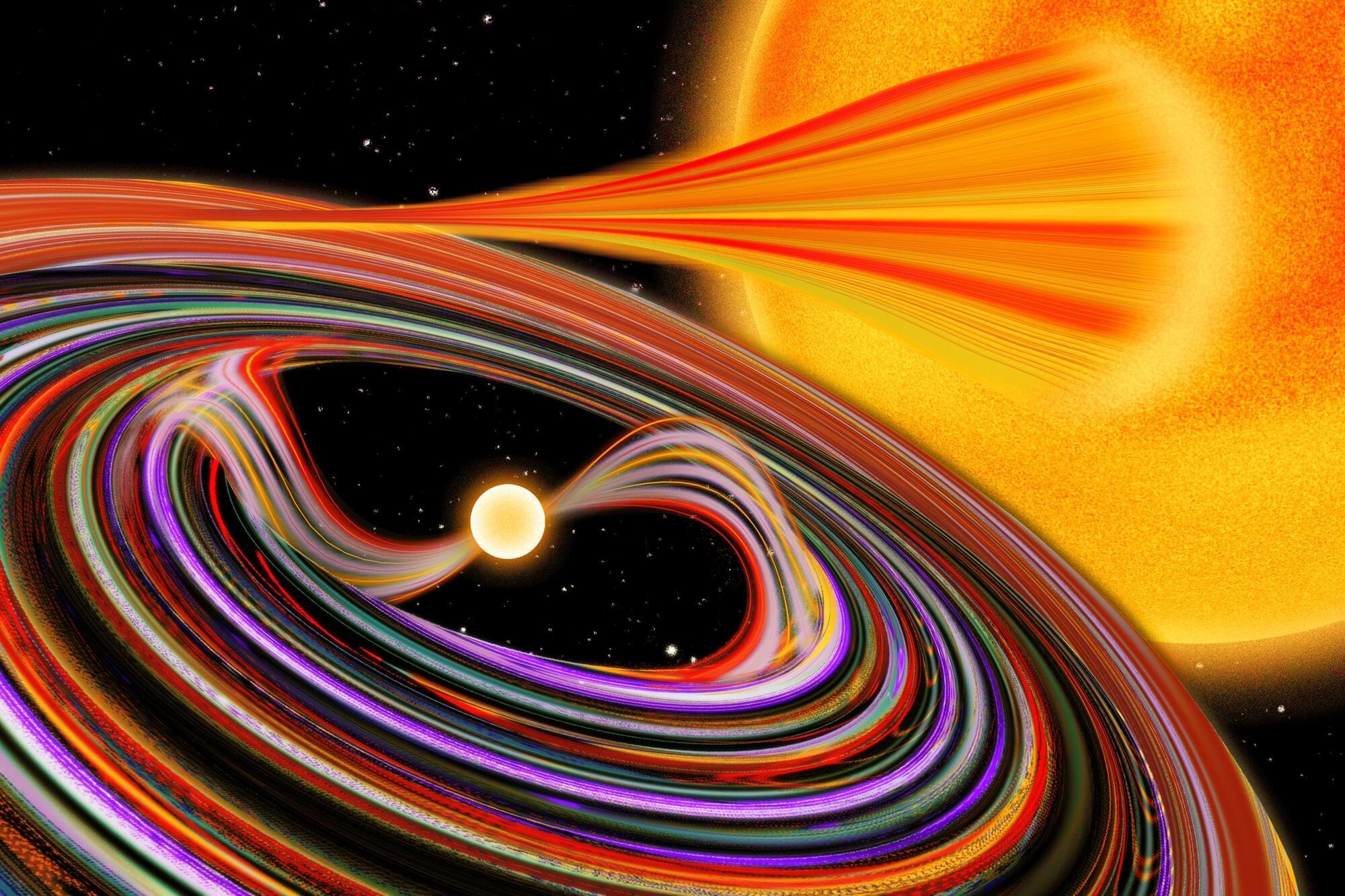Ice grains from Enceladus reveal the richest mix of organics yet, offering the strongest clues that the moon’s hidden ocean may support life.




This is a ~1 hour 12 minute talk titled “Computational Symbiogenesis” by Blaise Agüera y Arcas (https://research.google/people/106776/?&type=google), given for our symposium on the Platonic Space (https://thoughtforms.life/symposium-on-the-platonic-space/).

Some 200 light years from Earth, the core of a dead star is circling a larger star in a macabre cosmic dance. The dead star is a type of white dwarf that exerts a powerful magnetic field as it pulls material from the larger star into a swirling, accreting disk. The spiraling pair is what’s known as an “intermediate polar” — a type of star system that gives off a complex pattern of intense radiation, including X-rays, as gas from the larger star falls onto the other one.
Now, MIT astronomers have used an X-ray telescope in space to identify key features in the system’s innermost region — an extremely energetic environment that has been inaccessible to most telescopes until now. In an open-access study published in the Astrophysical Journal, the team reports using NASA’s Imaging X-ray Polarimetry Explorer (IXPE) to observe the intermediate polar, known as EX Hydrae.
The team found a surprisingly high degree of X-ray polarization, which describes the direction of an X-ray wave’s electric field, as well as an unexpected direction of polarization in the X-rays coming from EX Hydrae. From these measurements, the researchers traced the X-rays back to their source in the system’s innermost region, close to the surface of the white dwarf.

A vast region of our solar system, called the Kuiper belt, stretches from the orbit of Neptune out to 50 or so astronomical units (AU), where an AU is the distance between Earth and the sun. This region consists mostly of icy objects and small rocky bodies, like Pluto. Scientists believe Kuiper belt objects (KPOs) are remnants left over from the formation of the solar system.
Now, a new preprint paper on arXiv describes a newly identified region that appears to be completely distinct from other parts of the Kuiper belt—but some uncertainty remains.
Learn More About Anydesk: https://anydesk.com/spacetime.
Did God have any choice in creating the world? So asked Albert Einstein. He was being poetic. What he really meant, was whether the universe could have been any other way. Could it have had different laws of physics, driven by different fundamental constants. Or is this one vast and complex universe the inevitable result of an inevitable and unique underlying principle, perhaps expressible as a supremely elegant Theory of Everything. It certainly seems that Einstein thought this should be the case … that God had no choice in whether or how to create the world. It seems like a pretty arm-chair philosophical and perhaps unanswerable question, but the modern “problem” of naturalness may lead to an answer.
Check Out Our Patreon Interview with Looking Glass Universe Here:
Sign Up on Patreon to get access to the Space Time Discord!
https://www.patreon.com/pbsspacetime.
Check out the Space Time Merch Store.
https://www.pbsspacetime.com/shop.
Sign up for the mailing list to get episode notifications and hear special announcements!
If confirmed, the structure may be primordial.

The inside of giant planets can reach pressures more than one million times the Earth’s atmosphere. As a result of that intense pressure, materials can adopt unexpected structures and properties. Understanding matter in this regime requires experiments that push the limits of physics in the laboratory.
In a recent paper published in Physical Review Letters, researchers at Lawrence Livermore National Laboratory (LLNL) and their collaborators conducted such experiments with gold, achieving the highest-pressure structural measurement ever made for the material. The results, which show gold switching structure at 10 million times the Earth’s atmospheric pressure, are essential for planetary modeling and fusion science.
“These experiments uncover the atomic rearrangements that occur at some of the most extreme pressures achievable in laboratory experiments,” said LLNL scientist and author Amy Coleman.

About 4.5 billion years ago, the most momentous event in the history of Earth occurred: a huge celestial body called Theia collided with the young Earth. How the collision unfolded and what exactly happened afterward has not been conclusively clarified. What is certain, however, is that the size, composition, and orbit of Earth changed as a result—and that the impact marked the birth of our constant companion in space, the moon.
What kind of body was it that so dramatically altered the course of our planet’s development? How big was Theia? What was it made of? And from which part of the solar system did it hurtle toward Earth?
Finding answers to these questions is difficult. After all, Theia was completely destroyed in the collision. Nevertheless, traces of it can still be found today, for example in the composition of present-day Earth and the moon.